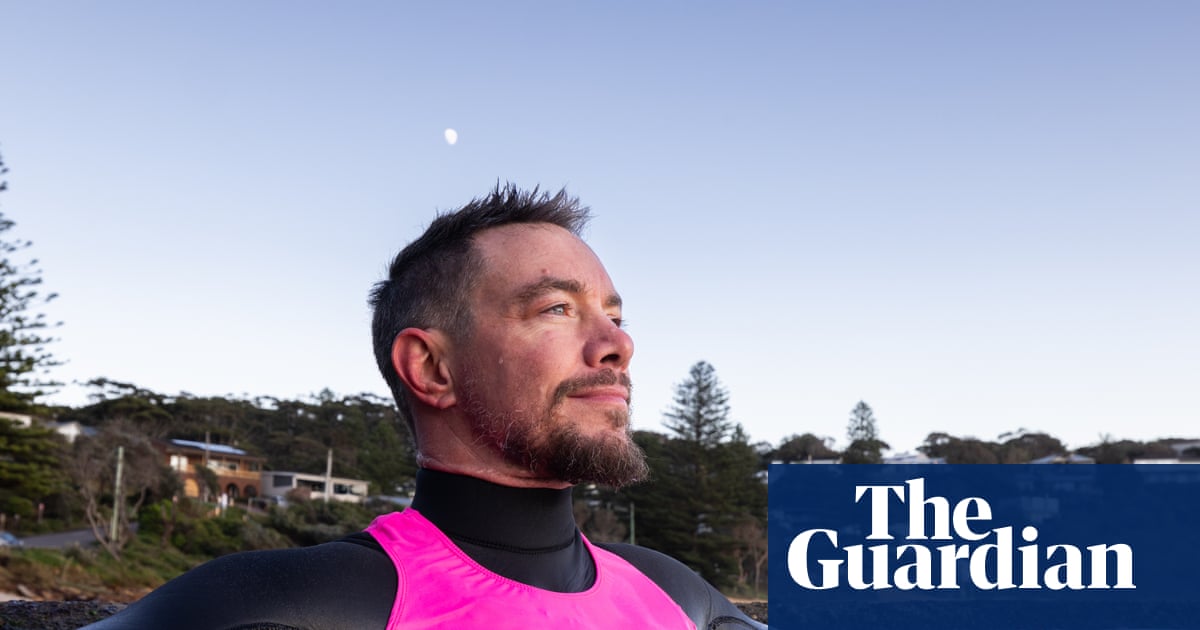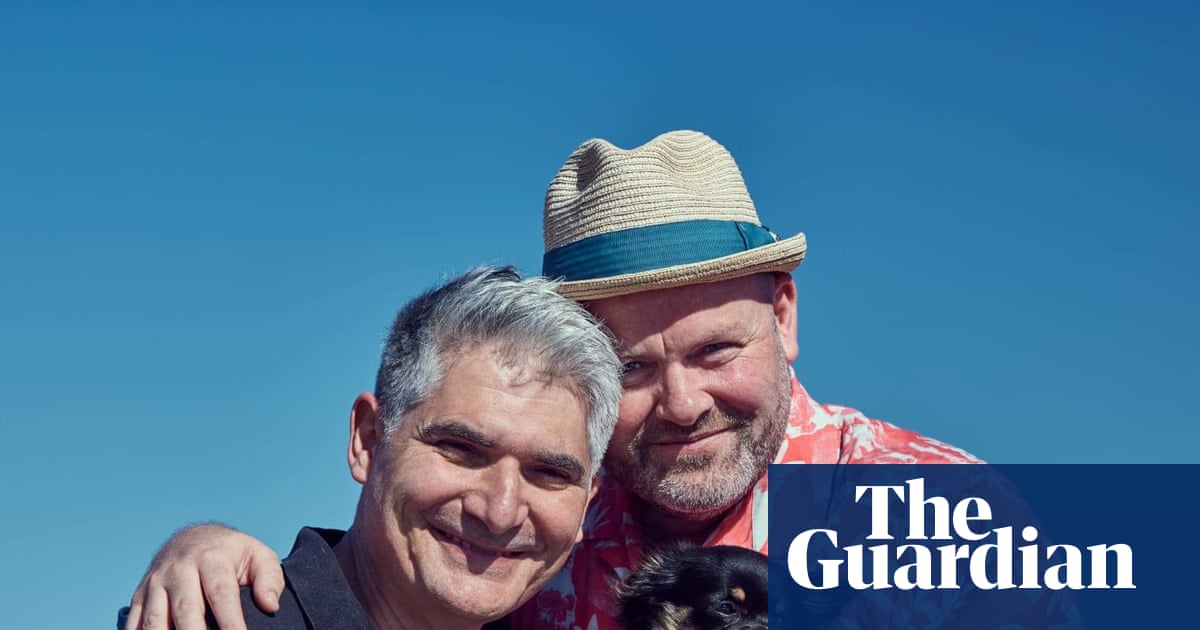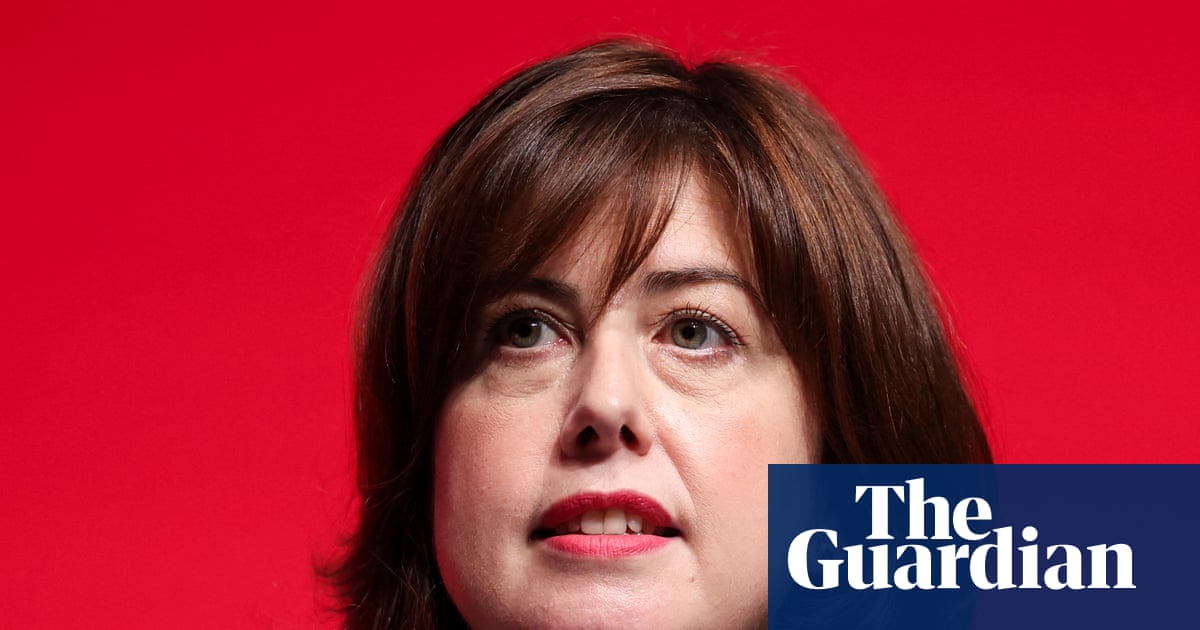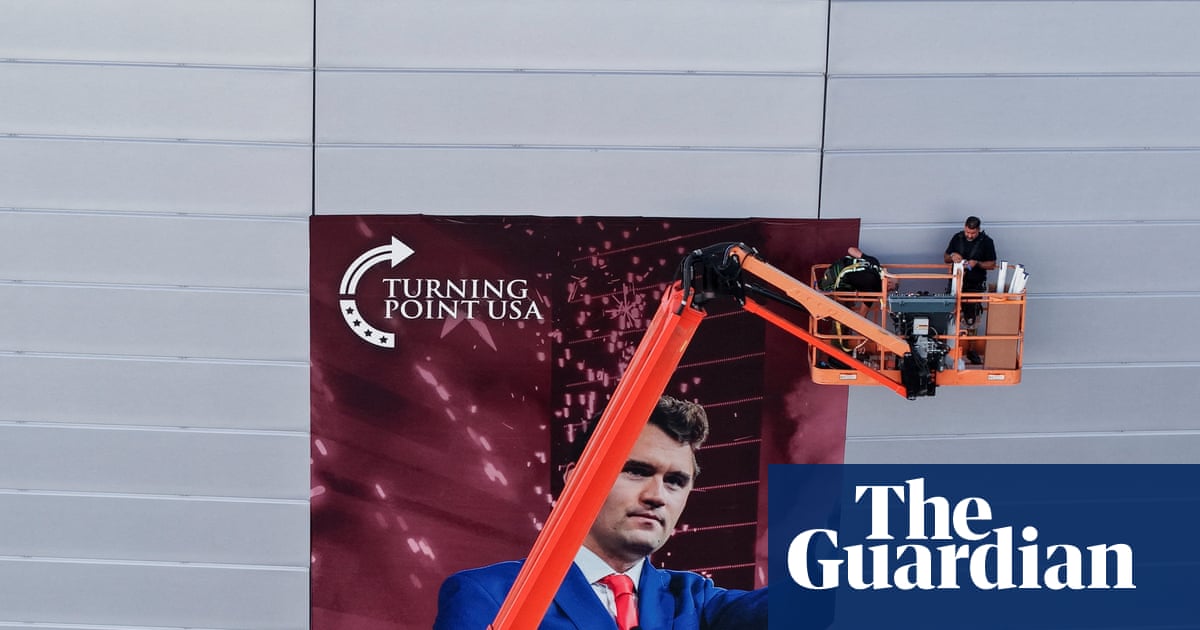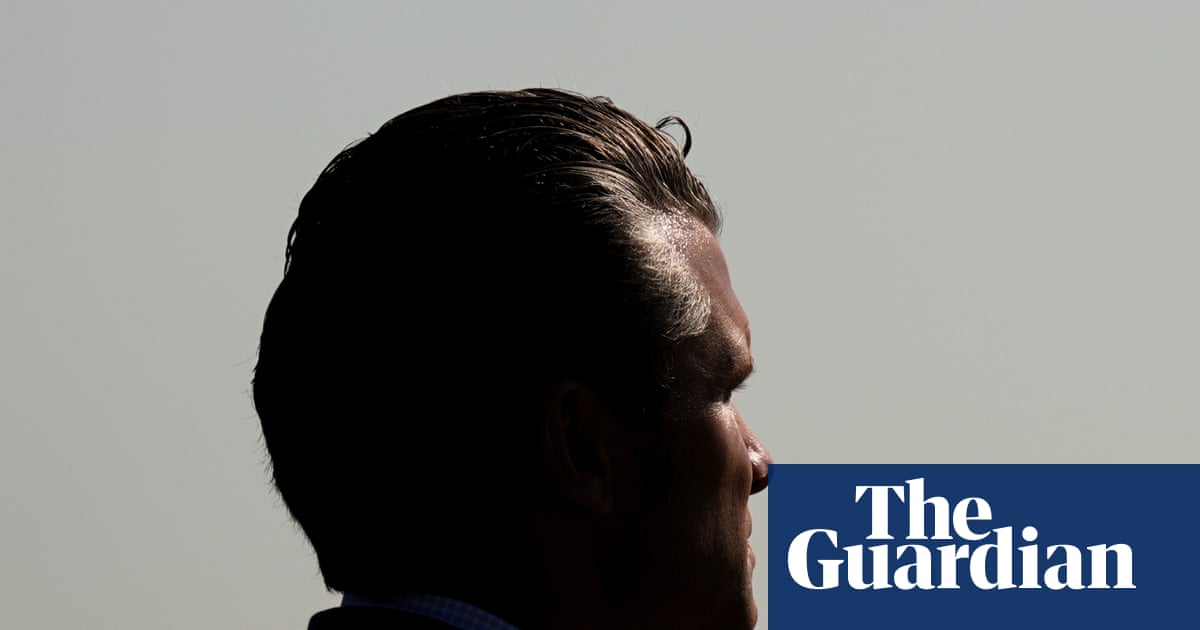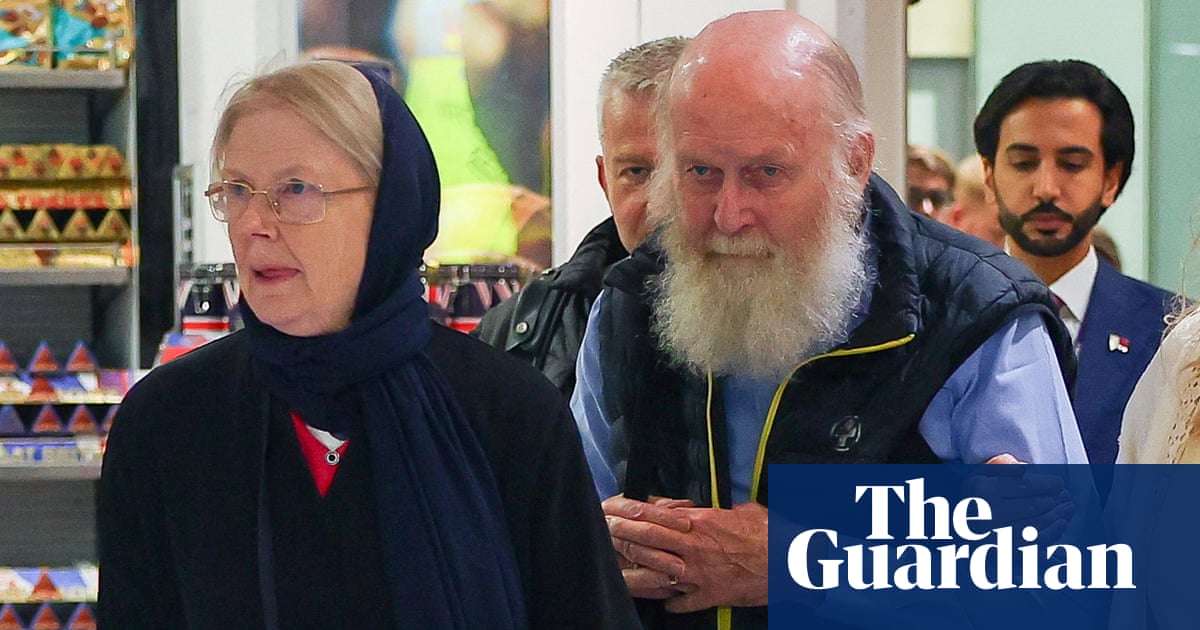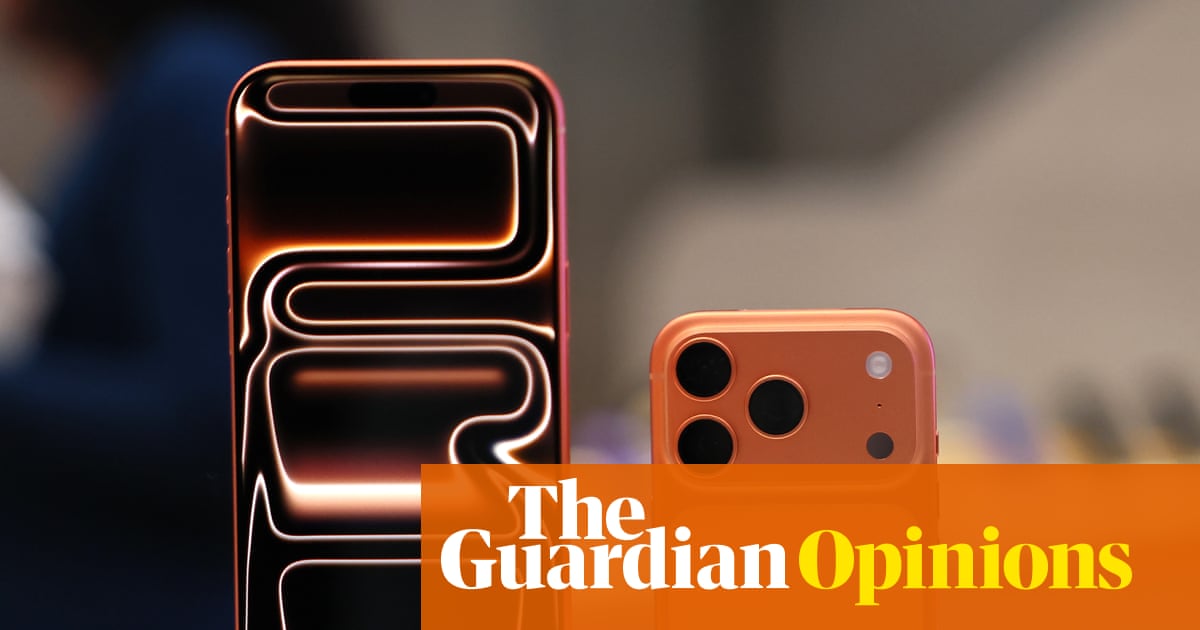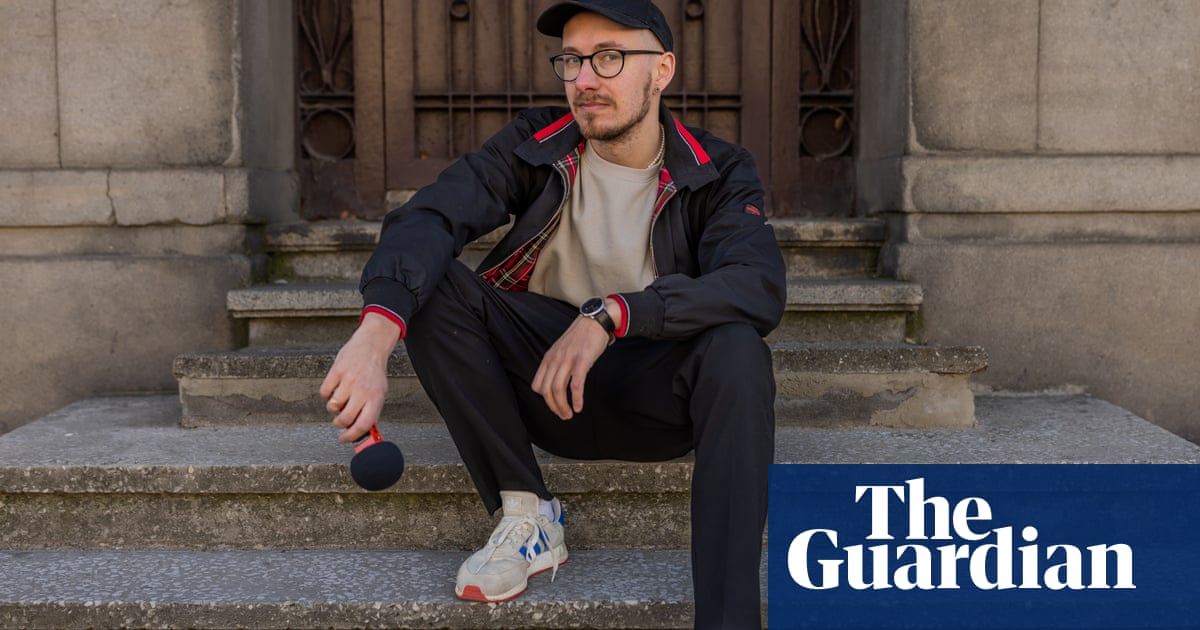The Bear is back for season 4, but never mind Carmy’s famous white T-shirt. All eyes are on Sydney, the quietly competent sous chef played by Ayo Edebiri, who has been breaking the internet with her own white T-shirt.
Designed by a small independent US brand called Everybody.World, and worn as she’s prepping in the opening episode, it mirrors the tight white tee by Merz b. Schwanen preferred by her erratic boss. His crashed the company’s website – and helped propel Jeremy Allen White to become the face (and body) of Calvin Klein.
As a unisex top, and coming in at a third of the cost of Carmy’s, it suggests there is more to The Bear is than costume and drama.
“Audiences are more fashion-aware than ever” says Julie Garlejo, who started an Instagram account, @thebearoutfits, logging the show’s clothes. “We don’t just want drama — we want characters who feel real, who look like someone we’d pass on the street or follow on Instagram.”
A fashion photographer, Garlejo began documenting the clothes in season 1 “before the hype fully hit” she says. “I think we’ve moved from theatrical styling to authentic, lived-in fashion. These aren’t just costumes, they’re actual wardrobes.”
The Bear is a gritty fairytale about family, ego and financial survival – not fashion per se. But as television has gained more respect as a medium, there has been a knock-on effect on the clothes worn by its stars, which now inform, reflect and even approximate the wider culture.
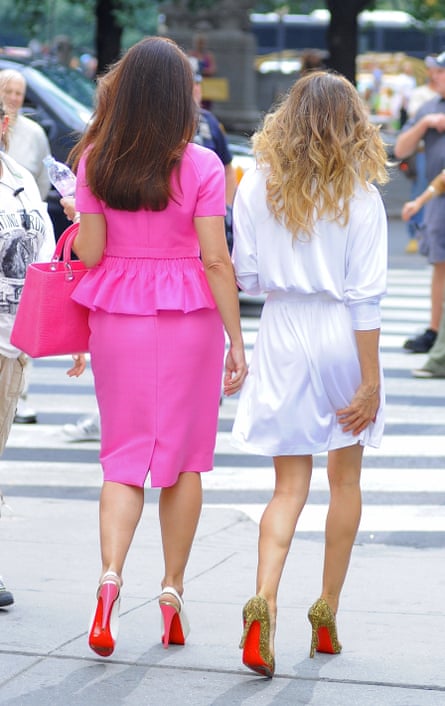
This is not news to anyone who watched Sex and the City or Mad Men, which deliberately nudged products and placement. Jimmy Choo, Manolo Blahnik and Christian Louboutin all benefitted from the former’s popularity, while sales of Lucky Strike went up $10bn (£7.3bn) over the seven seasons the 1950s period drama aired.
Yet Sydney’s T-shirt feels different. Unlike big companies with familiar branding, Everybody.World is not well known. Choosing a T-shirt from an indie company with sustainable supply chains, made in LA with cotton from post-industrial waste is more than just “sartorial diplomacy”. It’s a narrative shorthand for the identity and value system upheld by Sydney’s character: most of her clothes come from independent or vintage shops, in contrast, Carmy wears a lot of Ralph Lauren. That it’s cheaper and unisex than Carmy’s simply underlines her battle for equality in a man’s world.
Given the scrutiny these kinds of shows are under, you can’t fudge the details, as makers of the forthcoming Kennedys Netflix series, American Love Story, learned at their peril. “Viewers feel emotionally connected to the characters, and what they wear becomes part of that intimacy,” says Garlejo.
TV Easter eggs — covert messages planted within TV shows — are now part of our culture. Garlejo describes her “logbook” as “part detective work, part obsession”. She starts by zooming in on labels and logos, although reverse image search and the online community have been invaluable. It’s not uncommon for online detectives to be in cahoots with the costume designers either – Garlejo now has a direct line to its costumer designer Courtney Wheeler and assistant Lariana Santiago, and has published an e-book about the clothes.
For small brands, appearing on a show can be life-changing. After the first season aired, Carmy’s T-shirt sold out immediately (it’s now in back in stock) while Sydney’s $600 Madewell jacket made from upcycled blankets sold out in hours.
Ariel Katz, who made Sydney’s T-shirt for Everybody.World, says he has seen significant interest since it was identified by fans, while an Everybody.World overnight tote bag carried by Sydney in episode four is also sold out. It helps, says Katz, that the clothes are worn “so well” by Edebiri. Last year, Edebiri told the New York Times that her styling had played a crucial role as her profile rose as an actor.
For a show preoccupied by realism, just how realistic is it for a chef to wear a white T-shirt anyway? Dara Klein, head chef and founder of Tiella in north London, has worn everything but admits that during service: “A white T-shirt can be striking, resembling a traditional chef’s jacket and also motivating you to work clean. These sorts of choices also depend on whether you’re working in an open kitchen or not. Restaurants are similar in essence to a performance.”
When Klein opens her own trattoria, she’ll wear a black T-shirt “so I can work efficiently” she says. “In my experience, it’s not a choice that is imbued with a great deal of gendered expectation.”

 2 months ago
80
2 months ago
80

